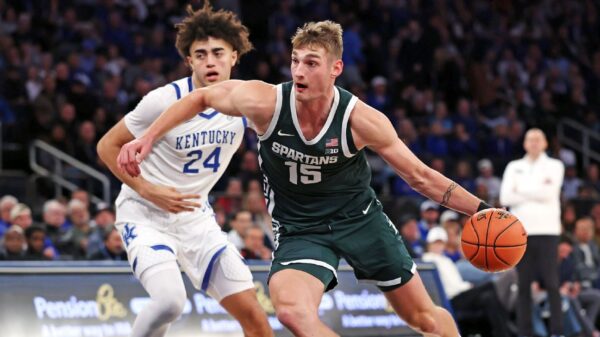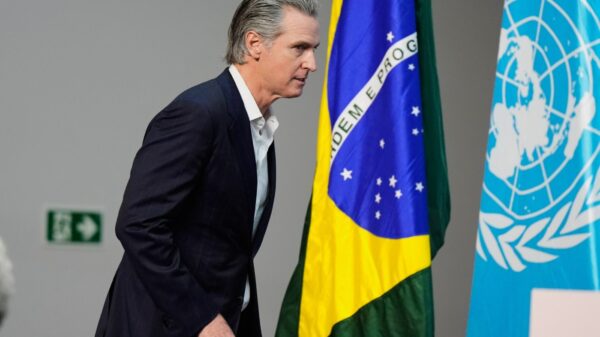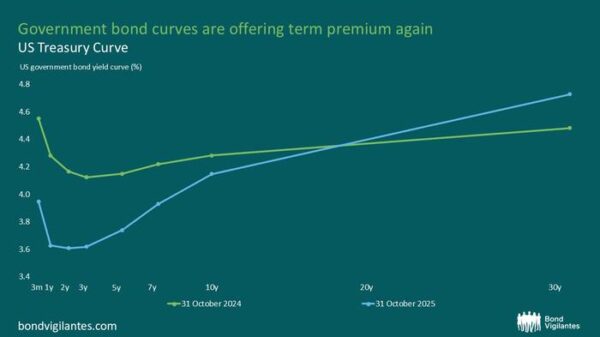Milwaukee Bucks General Manager Jon Horst has faced substantial scrutiny following a series of unconventional decisions during the 2025 offseason. Most notably, he waived and stretched the contract of star guard Damian Lillard, a move that some analysts have criticized harshly, ranking him among the least effective GMs in the league. Detractors argue that these choices jeopardize the Bucks’ ability to maximize the prime years of Giannis Antetokounmpo and compete in an increasingly challenging NBA landscape. However, a deeper examination of the offseason reveals a potentially astute strategy that aligns with the constraints of the league’s new collective bargaining agreement (CBA).
Assessing the Impact of Waiving Lillard
The decision to waive and stretch Lillard’s significant contract stands out as the most controversial aspect of Horst’s summer. Initially, the partnership between Lillard and Antetokounmpo appeared to create a formidable contender. Yet, injuries plagued Lillard, along with concerns about his defensive performance, which forced the Bucks to address considerable weaknesses elsewhere on the court.
Instead of maintaining what many saw as a risky financial obligation, Horst opted for a more strategic approach. By stretching Lillard’s remaining salary, the Bucks can distribute his cap hit over several years. This decision has freed up valuable salary cap space, allowing the franchise to pursue additional roster enhancements. Critics have labeled this move as desperate, interpreting it as a sign of uncertainty regarding the team’s future. However, in a climate where financial flexibility is paramount—especially given the updated CBA—this choice may reflect a calculated pivot rather than a mere failure.
Navigating the New CBA Challenges
The recent CBA introduces stringent penalties for teams exceeding the second luxury tax apron, which imposes significant restrictions on trades, free agency, and draft picks. For smaller market teams like the Bucks, these financial realities complicate the task of maintaining a championship-caliber roster around Antetokounmpo. By waiving Lillard, Horst has created essential financial flexibility, allowing Milwaukee to reshape its team dynamics effectively.
This strategy prioritizes depth and versatility over reliance on a single star pairing, recognizing that success in today’s NBA often hinges on a well-rounded roster rather than an overemphasis on a few superstars. The Bucks, therefore, are not merely transitioning to a new playing style; they are adapting to a new economic landscape that requires innovative thinking.
The offseason allowed for significant roster upgrades. Myles Turner emerged as the marquee signing, bringing elite shot-blocking and floor-spacing skills to the frontcourt. His addition mitigates the loss of Brook Lopez and serves as a defensive anchor alongside Antetokounmpo. Furthermore, the Bucks made strategic additions, including young guard Cole Anthony, who enhances backcourt depth, and seasoned veterans like Gary Harris and Taurean Prince, who provide both shooting and experience. Retaining players such as Bobby Portis and Gary Trent Jr. ensures that the team maintains crucial locker-room leadership and reliable offensive support.
The reshaped roster reflects a comprehensive understanding of balancing talent and flexibility. Horst’s approach reduces the likelihood of being locked into a singular strategy, a pitfall that has previously hindered the team in critical playoff situations.
A Vision for Sustainable Success
What distinguishes Horst’s offseason from traditional decision-making is his forward-thinking approach. While many teams in a similar situation might double down on star power, risking overall team depth for a chance at immediate success, Horst is focused on long-term sustainability. By enhancing the team’s depth and maintaining financial flexibility, he is positioning the Bucks for competitiveness both now and in the future.
Although waiving Lillard may not have been well-received by fans or analysts, it underscores Horst’s commitment to making tough decisions in the pursuit of a brighter future. The objective is not solely to chase another championship in 2025 but to ensure that Antetokounmpo views Milwaukee as a viable destination for championship aspirations throughout his prime years.
Criticism of Horst’s bold moves can often overlook the necessity for adaptation in a rapidly evolving sports landscape. The irony lies in the fact that many who condemn him for taking risks would likely criticize him for inaction had he chosen to stick with an aging core that could not deliver results. This paradox highlights the challenges faced by NBA front offices, where radical decisions are frequently met with skepticism without a full understanding of their context.
In conclusion, the evaluation of Jon Horst’s offseason should not be limited to the controversy surrounding the decision to part ways with Lillard. When viewed through the lens of the new CBA and the Bucks’ strategic objectives, his choices begin to appear less like reckless gambles and more like informed adaptations to changing circumstances. While it remains uncertain whether this revamped roster will yield immediate success, Horst’s willingness to embrace innovative solutions is commendable in an era that increasingly rewards flexibility and creativity. The long-term implications of this offseason may prove to be significant, potentially positioning the Bucks as a formidable force in the years to come.

